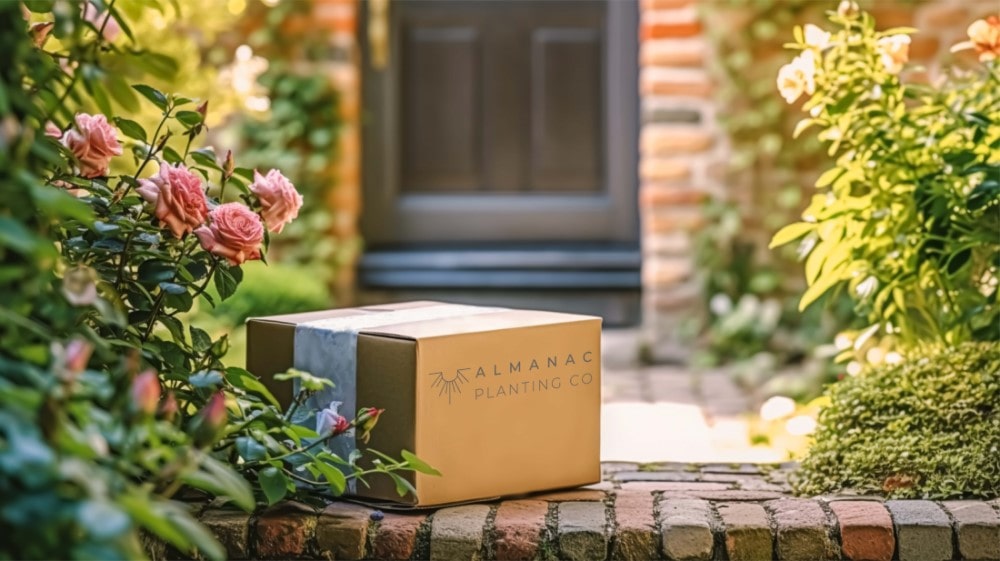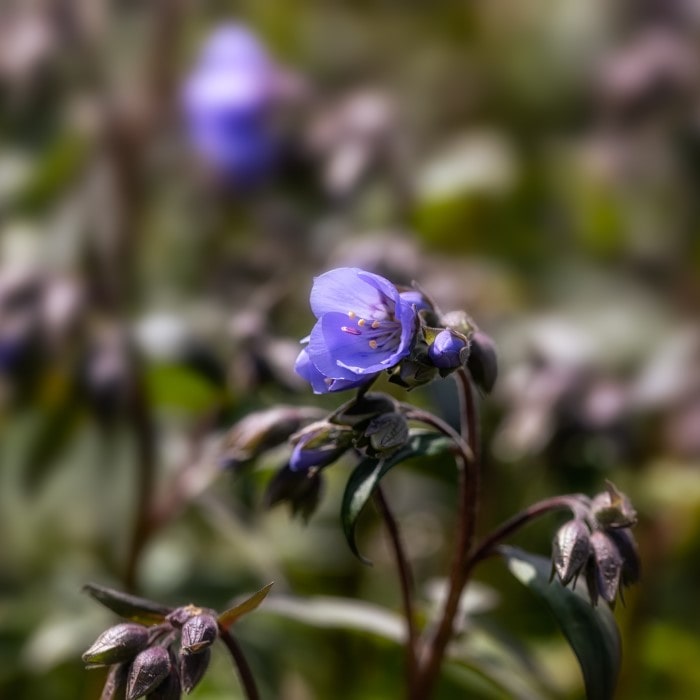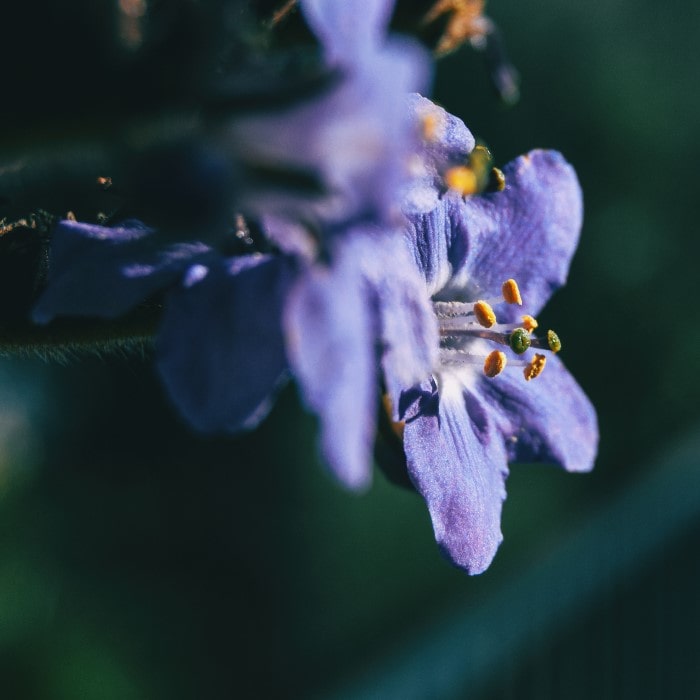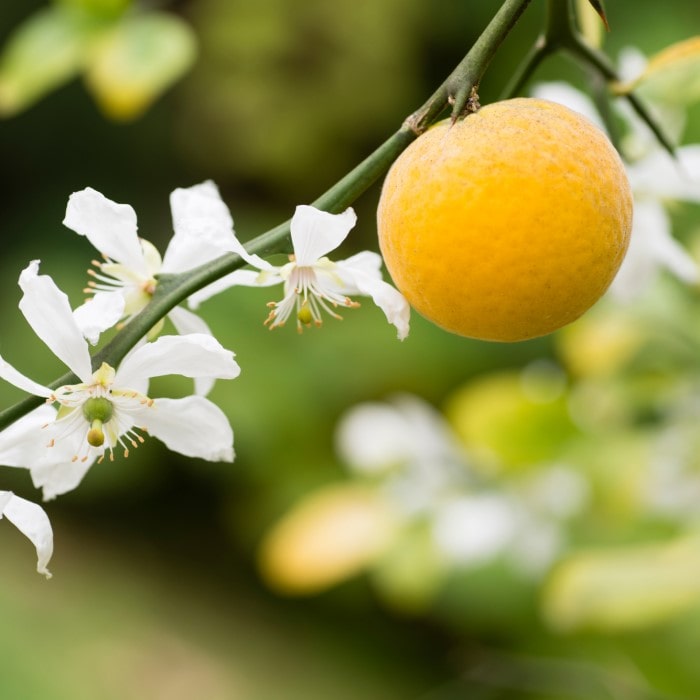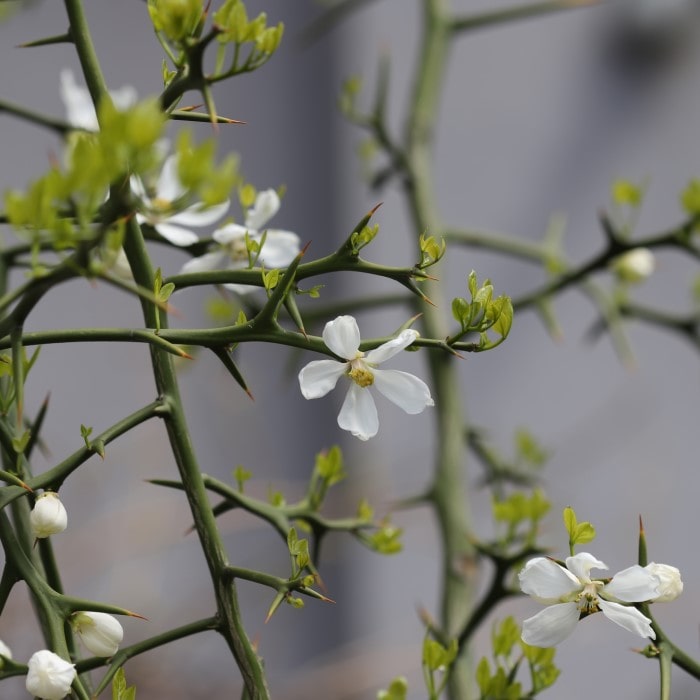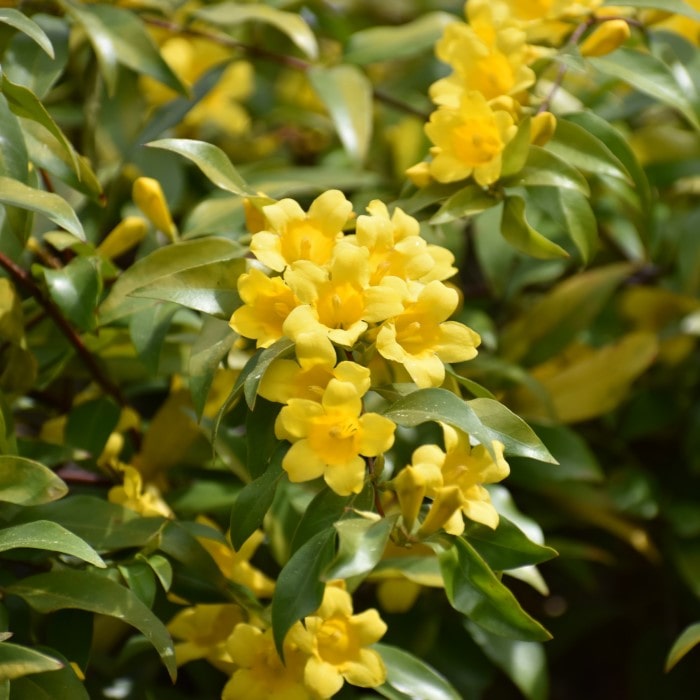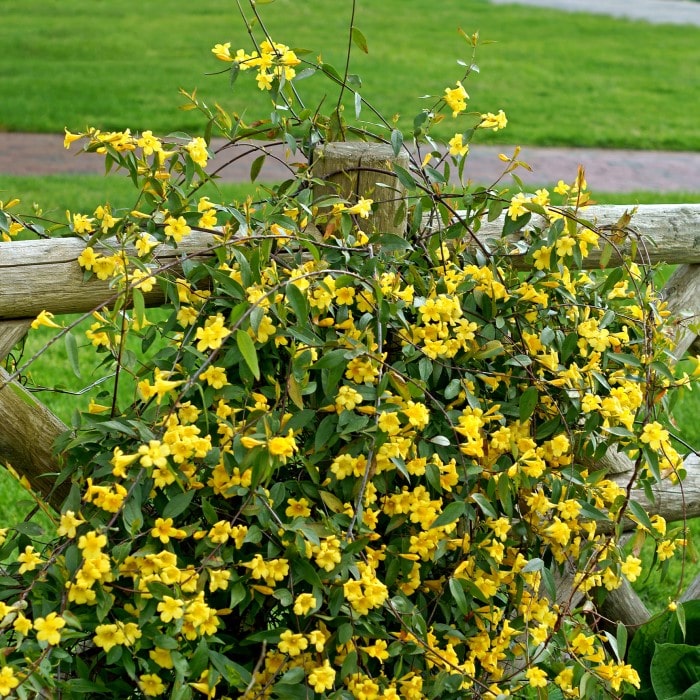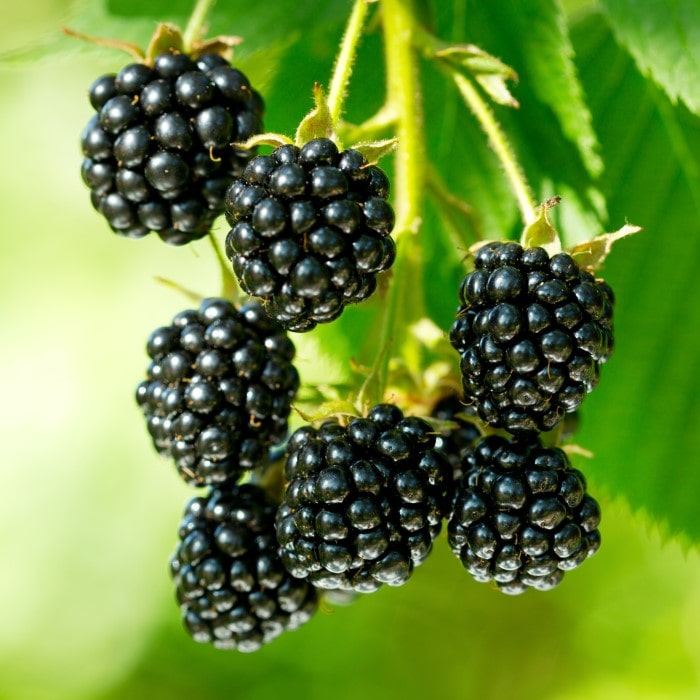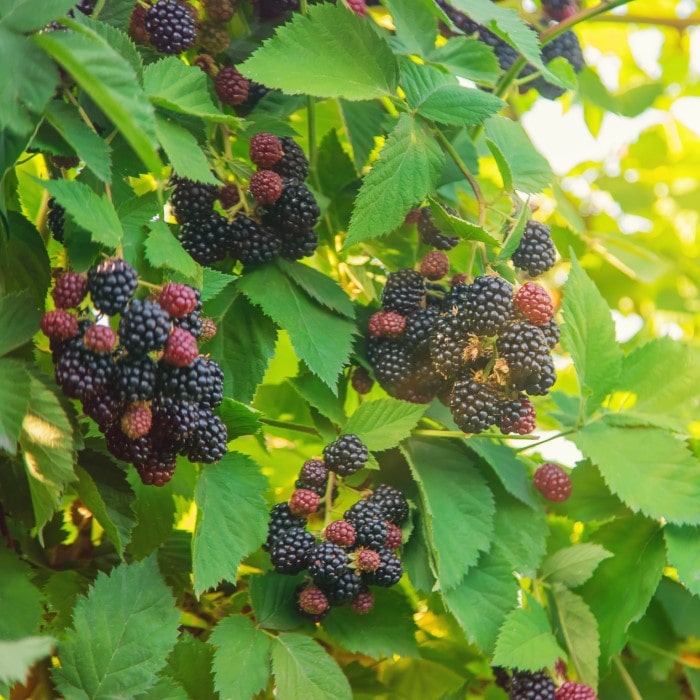Convallaria majalis
Overview
Uses: Shade gardens, woodland borders, groundcover, and naturalized plantings.
Benefits: Loved for its graceful, bell-shaped white flowers and rich fragrance, Lily of the Valley brings timeless beauty and nostalgia to shaded areas. It spreads gently by rhizomes, forming lush carpets of green leaves and elegant spring blooms that attract pollinators.
USDA Hardiness Zones: 3–8
Life Cycle: Hardy Perennial
Sun: Partial Shade to Full Shade
Mature Height: 6" – 8"
Mature Width: 12" – 18"
Bloom Season: Mid to Late Spring
Growth Rate: Moderate
Summary
Convallaria majalis, or Lily of the Valley, is a classic perennial treasured for its sweetly fragrant white blossoms and rich green foliage. It thrives in cool, shaded locations and creates a beautiful groundcover beneath trees or along shaded paths. Once established, it’s a hardy and reliable spring favorite, spreading naturally over time.
This low-maintenance perennial provides enduring charm and fragrance, perfect for both traditional cottage gardens and serene woodland landscapes.
Care
Lily of the Valley Care
Plant in moist, well-draining soil rich in organic matter. Water regularly during the growing season to keep soil evenly moist but not soggy. Mulch lightly to retain moisture and suppress weeds. After flowering, allow foliage to die back naturally to feed the roots for next year’s blooms.
Fertilize once in early spring with a slow release fertilizer to promote healthy growth and abundant blooms.
Size
Size of Lily of the Valley for Sale Online
Our Convallaria majalis plants are grown and shipped ready to thrive in your shaded garden. For current size details, please contact us.
Size of Lily of the Valley When Fully Grown
Mature Lily of the Valley plants typically reach 6–8 inches tall and can spread up to 18 inches wide, forming dense colonies of lush, green foliage.
Additional Information
Other Common Names
Lily of the Valley is also known as May Bells, Mary’s Tears, and Our Lady’s Tears — names inspired by its delicate blooms and traditional symbolism.
Is Lily of the Valley toxic?
Yes. All parts of the plant are toxic if ingested. Keep out of reach of pets and children.
Does Lily of the Valley bloom every year?
Yes — it blooms reliably each spring once established, returning stronger each year with proper care.
Will Lily of the Valley spread?
Yes. It spreads by rhizomes and can naturalize beautifully over time, forming dense colonies ideal for groundcover in shaded areas.




